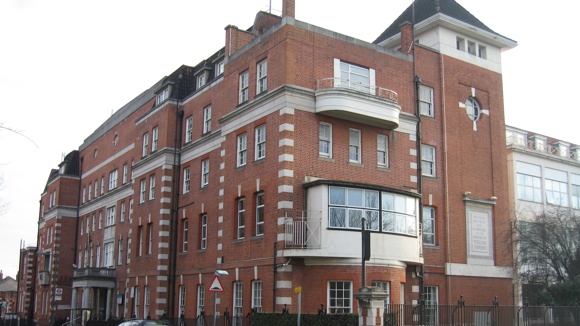Last month brought the news that the Learning and Skills Council (LSC) were freezing funding for building projects in colleges across the country. South Thames College was just one of the colleges affected, being in the middle of a two phase rebuilding of their Wandsworth site. Other colleges were even unluckier, having demolished their buildings to be told the money to replace them wouldn’t be there!
Yesterday saw the publication of Sir Andrew Foster’s report on what went wrong, few people come out of it in a good light. But even though it was a government commissioned report – and presumably expected to come to the ‘right’ answers – it failed to exonerate the Department for Innovation, Universities and Schools (DIUS). Sir Andrew concluded “that the crisis was predictable and probably avoidable.” He also failed to identify any reason why DIUS didn’t intervene and stop the LSC making promises it just couldn’t afford to keep.
The funding crisis was made public in last month, March 2009 – but it was revealed the LSC knew they had a problem in February 2008, over a year earlier, and that DIUS officials knew in May 2008. Despite this the LSC were allowed to continue the making their spending promises. In fact they managed to make promises that would have swallowed their entire capital budget for three years by the end of 2008!
The subject was debated at last night’s full council meeting with Labour trying to suggest that the Government had no responsiblity. I’m aware that we often play the blame game in this country, and while I’m not keen on being part of it, where does the buck stop on this one? When the DIUS gives the LSC its budget, isn’t it reasonable to expect them to at least keep an eye on the spending? And when DIUS officials are part of the LSC’s decision making process, isn’t it reasonable for them to raise questions and call a halt when there are obvious problems?
Even worse, at the same time the minister was doing nothing about this crisis he was issuing a press release celebrating his commitment to and investment in the further education sector. Left hand, meet right hand.
The council resolved to lobby the LSC and the Secretary of State to get South Thames College’s funding reinstated, but frankly it’s hard to imagine the current lot of ministers having the competence to rectify their failings.

 Now that conference season is over things start getting back into full swing. A few of the bits and pieces I’ve not mentioned this week are:
Now that conference season is over things start getting back into full swing. A few of the bits and pieces I’ve not mentioned this week are: Offers of places in the borough’s primary schools last week and while many parents will be pleased with the schools their child has been offered many will have been disappointed. About a third of parents did not get their child into their first choice of school, and while there will still be some change (people may move or transfer to the private sector) there won’t be enough to change to mean everyone gets their choice.
Offers of places in the borough’s primary schools last week and while many parents will be pleased with the schools their child has been offered many will have been disappointed. About a third of parents did not get their child into their first choice of school, and while there will still be some change (people may move or transfer to the private sector) there won’t be enough to change to mean everyone gets their choice.